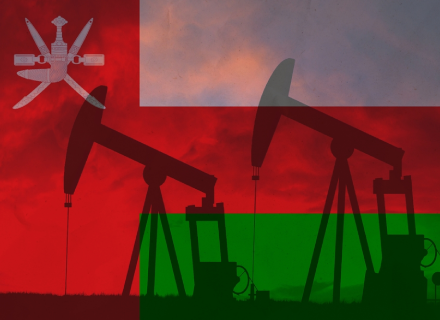According to new data, between January and the end of August 2024, Oman’s net oil revenues increased, contributing to a 21.3% year-over-year increase in public earnings, which came to 8.12 billion Omani rials (USD 21.07 billion).
The Ministry of Finance’s monthly bulletin stated that by the end of August, net oil revenues had increased to an estimated 4.65 billion rials, a 12% increase over the same period the previous year.
Increased money circulation throughout the nation is suggested by the growing numbers, which indicate a thriving and expanding economy.
The country’s news agency reported in August 2024 that Oman’s public revenue in the second quarter decreased by 2% year over year to USD 16.1 billion.
The Sultanate’s economic environment is highly dependent on its earnings from oil and gas, which leaves it open to changes in world prices.
The government’s “Vision 2040” plan includes aggressive efforts to diversify the economy and lessen reliance on hydrocarbons.
According to the bulletin, oil production averaged 11.1 million barrels per day, and the average price per barrel reached USD 83 on average.
The government-owned company Energy Development Oman’s approach to gathering crude earnings and controlling cash liquidity is responsible for the rise in net oil revenues.
As of the end of August, net gas revenues had dropped by 15% from the same period in 2023 to 1.43 billion rials.
This results from a shift in the way gas revenue is collected. In comparison to the same period last year, current earnings collected through the end of August dropped by 104 million rials to approximately 2.23 billion rials.
The bulletin also showed that public spending up to the end of August was 7.66 billion, which was 7% more than actual spending for the same period in 2023.
Currently, the largest expense is the civil ministry fees, which came to 5.43 billion rials, a decrease of 30 million rials from the same period in 2023.


